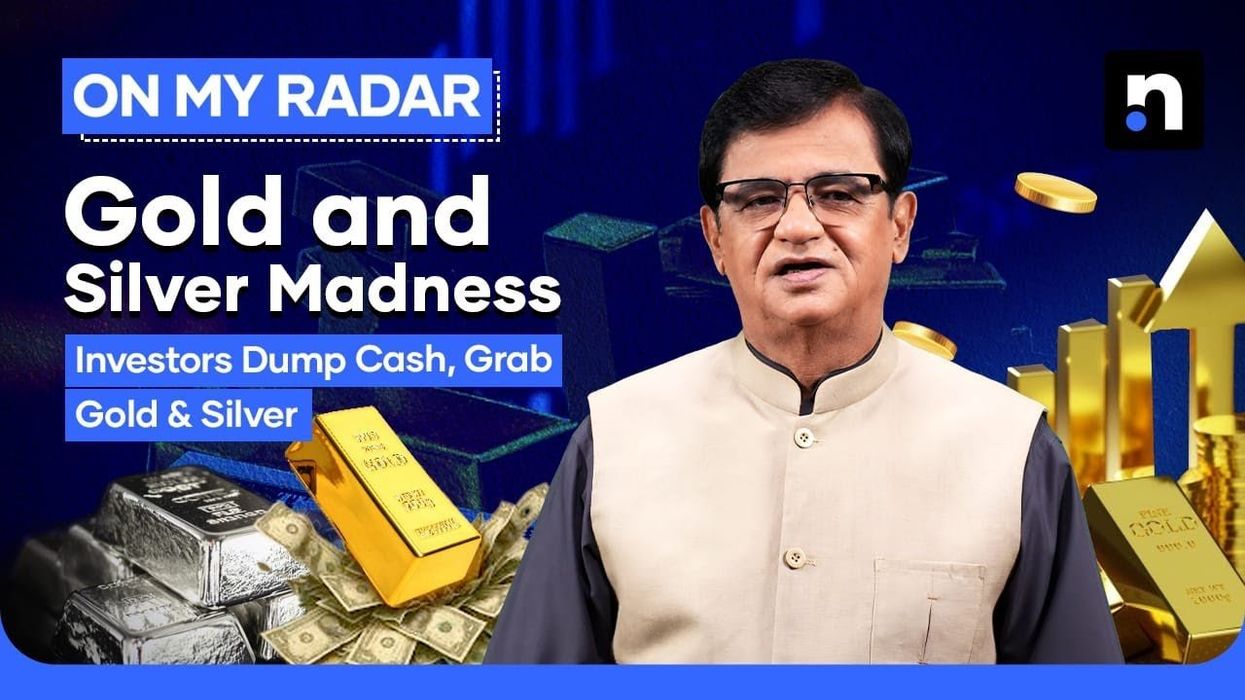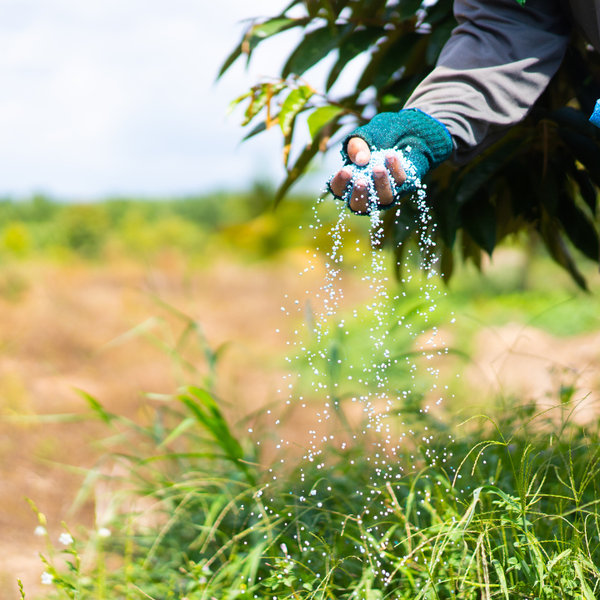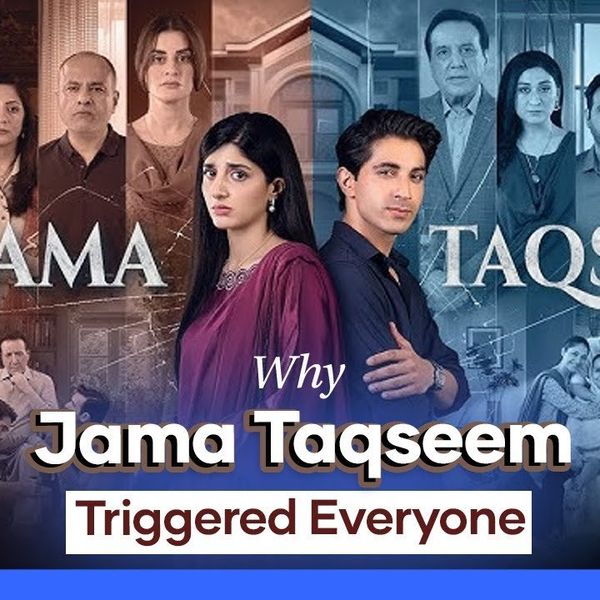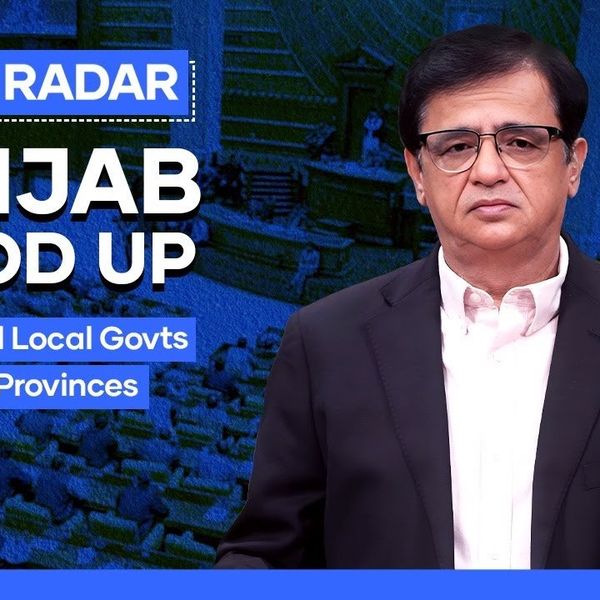Gold prices in Pakistan skyrocket 650% in six years amid global rush for safety
Kamran Khan says global anxiety and rupee collapse have pushed gold beyond middle-class reach
News Desk
The News Desk provides timely and factual coverage of national and international events, with an emphasis on accuracy and clarity.
Gold prices in Pakistan have reached an all-time high, making the precious metal nearly unattainable for the average citizen.
The price of gold surged to PKR 456,000 per tola (about 11.66 grams), compared with PKR 67,800 per tola in 2019 — a staggering 650% increase in just six years.
During the latest episode of “On My Radar,” Kamran Khan highlighted how the soaring price of gold has transformed what was once a traditional wedding gift into a luxury only the wealthy can afford. “For most middle-class families, giving their daughters gold jewelry in dowry has become a dream,” he said.
Khan said the surge stems from two major forces: a historic rise in global gold prices and a sharp devaluation of the Pakistani rupee against the U.S. dollar.
A global rush for safety
In international markets, gold prices hit $4,358 per ounce on October 17 — up from $1,280 per ounce in January 2019 — while silver climbed from $15 to $54 per ounce during the same period. That means both metals have more than tripled in value over six years.
“This isn’t just about investment,” Khan said. “The worldwide rush for gold and silver is a reflection of global anxiety.” He noted that investors, central banks, and even ordinary citizens are turning to precious metals amid political instability, wars, and rising distrust of the U.S.-led financial system.
According to Khan, gold prices have climbed 55% and silver 75% in just the past year — the largest annual surge since 1979. “When global uncertainty grows, so does the shine of gold,” he said.
From currency collapse to safe havens
Pakistan’s situation has been magnified by the rupee’s depreciation. The national currency has lost more than two-thirds of its value against the dollar since 2019, making imports — including gold — vastly more expensive.
Meanwhile, Khan said the global rise in gold prices reflects “a deepening mistrust” of traditional financial institutions. Governments and banks are increasingly purchasing and stockpiling gold to reduce reliance on the U.S. dollar.
The World Gold Council reported that global central bank gold purchases have doubled, from 500 tons annually to nearly 1,000 tons since 2022. “This surge began after the U.S. froze $300 billion of Russia’s reserves during the Ukraine war,” Khan explained. “That action showed many countries their dollar reserves could be seized overnight.”
The new geopolitics of gold
Countries like China, India, and Turkey have become major gold buyers. Eastern European nations such as Poland, Serbia, and the Czech Republic are also building reserves to assert independence from Western financial influence.
Khan described this shift as “a rebellion against the Bretton Woods system,” which established the U.S. dollar as the global reserve currency after World War II. “De-dollarization,” he said, is gaining momentum as emerging economies seek new financial balance by holding gold instead of dollars.
Forbes reports that the top gold-holding nations include the United States, Germany, Italy, France, Russia, China, India, Japan, the Netherlands, and Turkey. Analysts from Fitch and Moody’s note that larger gold reserves can even enhance a country’s credit rating.
Dollar doubts and investor fears
The U.S. Federal Reserve’s decision in September to lower interest rates by 0.25% — and its signal of more cuts to come — has also pushed investors toward gold. “Lower rates make gold more attractive than dollar assets, which now yield less profit,” Khan said.
JPMorgan CEO Jamie Dimon recently warned that mounting U.S. debt, inflation concerns, and slowing economic growth are shaking investor faith in the dollar. “When even Wall Street turns to gold, it shows trust in the monetary system is weakening,” Khan remarked.
Silver’s silent rise
While gold dominates headlines, silver has quietly outperformed it. “Silver has become 2025’s unexpected success story,” Khan said. “It’s not just a precious metal — it’s an industrial necessity.”
Demand for silver has surged due to its use in solar panels, electronics, and electric vehicles. Global supply has failed to keep pace, pushing prices higher. Many investors now see silver as a cheaper alternative to gold.
Lessons from history and a glimpse ahead
Khan compared today’s gold rally to the 1970s boom when prices rose from $35 to $800 per ounce after the U.S. ended the gold standard. But he cautioned that gold could fall just as it did in the early 1980s when rising interest rates restored confidence in the dollar.
Still, analysts see little chance of a sharp drop soon. Bank of America predicts gold could reach $5,000 per ounce by late 2026, while Goldman Sachs forecasts $4,900. If those projections hold true, Khan said, Pakistan’s gold prices could soar to PKR 570,000 per tola within a year.
“Unless the world finds peace and economic stability returns,” Khan concluded, “the glitter of gold will keep getting brighter — and heavier — for ordinary people.”











Comments
See what people are discussing